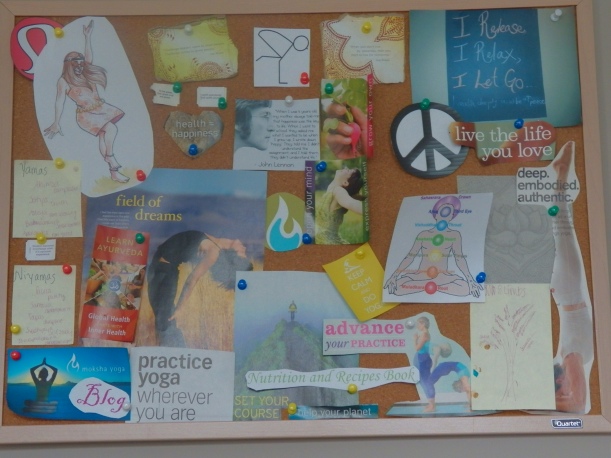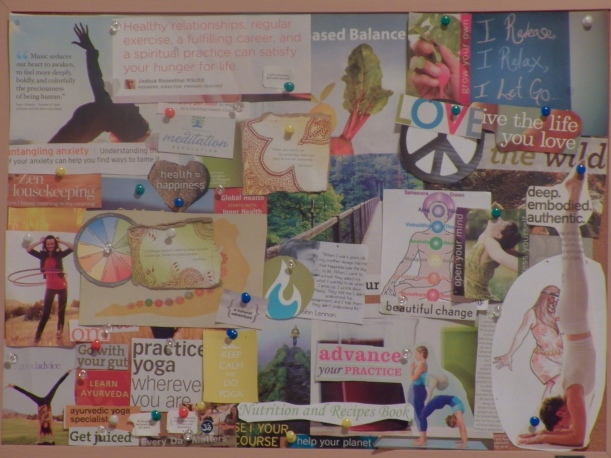
It can be really hard at times to be an SLP and not feel burdened with stress and overwhelm. There are things that seem to only get harder as time goes on (hello Medicare changes, paperwork and insurance) and other things that seem to come in cycles and breed even more stress (IEPs, progress reports). And while you might feel like you are starting to drown in the stress, there are other SLPs who seem to be able to feel it, manage it and move on from the stress, without it affecting them as deeply. It might seem like they have some sort of magical power or know a secret that you don’t, but the truth is, they have probably worked to become a more resilient SLP, so they are better able to work through stress and not have it stick with them.
One of the best things you can do as an SLP is to work on becoming more resilient. Now, I know this might not be the answer you want to hear, but, in reality, it is most likely what you need and what will help you get through these times. There are many things that can not be changed overnight or with the snap of your fingers, such a billing, paperwork, insurance, medicare, etc, but there is still so much you can do about how these things affect you and show up in your life.
Resiliency is often key when things are stressful and seem like they can’t be changed.
What is resiliency?
Resiliency is one of the foundational principles of Positive Psychology, a type of psychology that focuses on using positivity and optimism to help you thrive in your life. By definition, resiliency is the ability to return to a pre-stress state after a stressful event, situation or encounter. It is essentially your ability to “bounce back” after stress occurs. There are many things that affect your natural resiliency, such as how you were brought up and what you have experienced in life, but it is also something that you can work on and build up to become a more resilient SLP.
As an SLP, this can feel nearly impossible at times, due to the amount of stress and stress triggers that surround you on a daily basis. In order to help build up your resiliency to these stressful situations, you can start to build up a foundation or positivity and optimism, 2 essential tools towards managing stress, but also in building resiliency. There are many ways to build up this foundation, and it all starts with taking care of yourself.
Below are a few ways you can become a more resilient SLP and feel as if stress doesn’t stick with you as much or as deeply.
How to become a more resilient SLP:
To really work on growing your resiliency skills, the key is to use practices that build up a foundation of positivity and optimism in your lifestyle and outlook.
- Gratitude Journal
- Writing in a gratitude journal is super trendy and for good reason. Gratitude journal have been shown in studies to help rewire the way your brain looks at incoming stimuli (aka life) and helps to shift the focus from seeking negative, stressful stimuli to positive stimuli.
- Try writing down 3-5 things, most days of the week, that you would consider positive, working or a “win” for the day. Do this on days that are going well, to help build up that foundation of positivity, but also on days that are more challenging, to help you shift your mindset and focus.
- Focus on what IS working
- Much like Gratitude Journaling, this helps you to shift your brain into noticing, and working with, that IS working for you in your day and life. If you are feeling like nothing is going well, this can trigger stress and the brain will continue to dwell on it, looking for answers, but really creating more and more stress while shutting off the problem solving parts of your brain.
- Instead, write down a few things that are going well for you each day and make a plan to do more of those, in corporate more of them into your day, and make them your goals or focus, even when other things are not going as well. It is not ignoring what isn’t working, but looking towards the other pieces that make up the whole picture.
- Look at the Bigger Picture:
- One thing you can do to pull yourself out of stress is to practice this mantra/saying: “Will this be important in a year?”. Now, if you are in an IEP annual meeting, you could argue that yes, this could be important in a year, BUT will the stress, resentment, pressure, perfection, etc be important or even memorable in a year. Chances are it won;t be.
- If you want to take this a step further, you can do a visualization practice to see your problem, and then imagine seeing yourself and zooming outward to the world around you, the planet, etc and ask if this is worth all the stress or is there something else to focus on.
- These practices aren’t perfect, and might be REALLY difficult at times, but they can help you shift out of a funk and back into a more neutral or positive state.
- Self-Care and Mindfulness:
- One of the best ways to become a more resilient SLP and create a positive foundation to come back to when stress does hit, is to have a routine of self-care of mindfulness that you do on most days. This will help you to rewire the brain’s stress response and turn on the parts of the brain that help you to problem solve, reason and focus. These practices give you a way to create habits that continually work through stress and foster the foundation of positivity and optimism you are working towards with resiliency.
- You can try anything, such as a morning or evening routine, having a a transition at the end of your work day, moving more during your day, taking breaks, eating and hydrating, reading a book, finding quiet time, meditation, etc. Anything that helps you to check in and recharge, rather than check out, would be considered self-care and mindfulness.
If you want some FREE resources to help you become a more resilient SLP, make sure to sign up below for the SLP Toolbox, a free resource site for SLPs.
For even more on incorporating these into your day, and for managing and understanding stress as an SLP, make sure to check out the following online courses and webinars, where I put together how you can manage stress and find more balance in an SLP on some of your favorite CEU sites.
- 3 Common SLP Stressors and How to Manage Them on Xceptional ED (1.5 CMH Hours)
- Managing Common SLP Stressors before Burn Out Occurs on Northern Speech Services (2.5 ASHA CEU hours .025 units)
- 3 Biggest Stressors for SLPs and What to do About Them on SpeechPathology.com (1.5 ASHA CEU hours .15 units)
- SLP Stress Management: Using Mindfulness to Reduce and Manage Stress on SHAV Webinars (1 ASHA CEU)
And make sure to check out the SLP Stress Management podcast, a monthly podcast full of stress management tools, tips and stories for SLPs.
Much Love,
![]()














